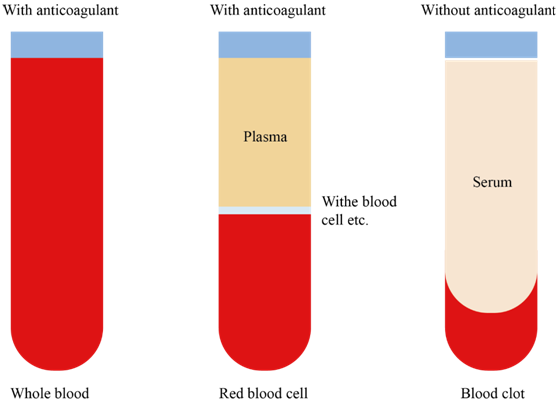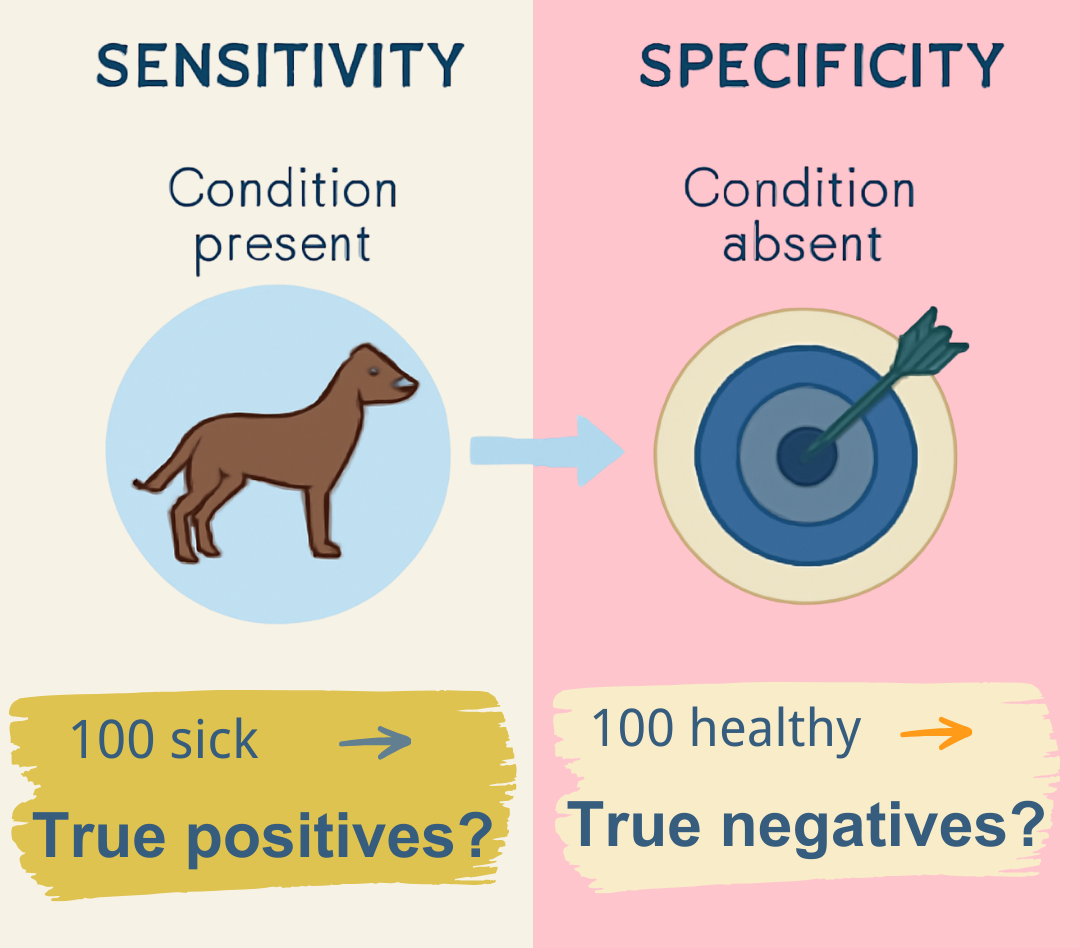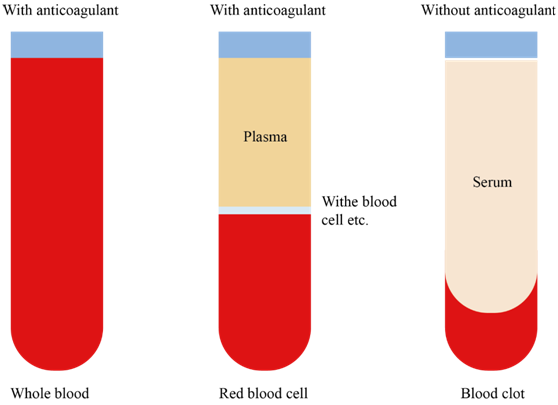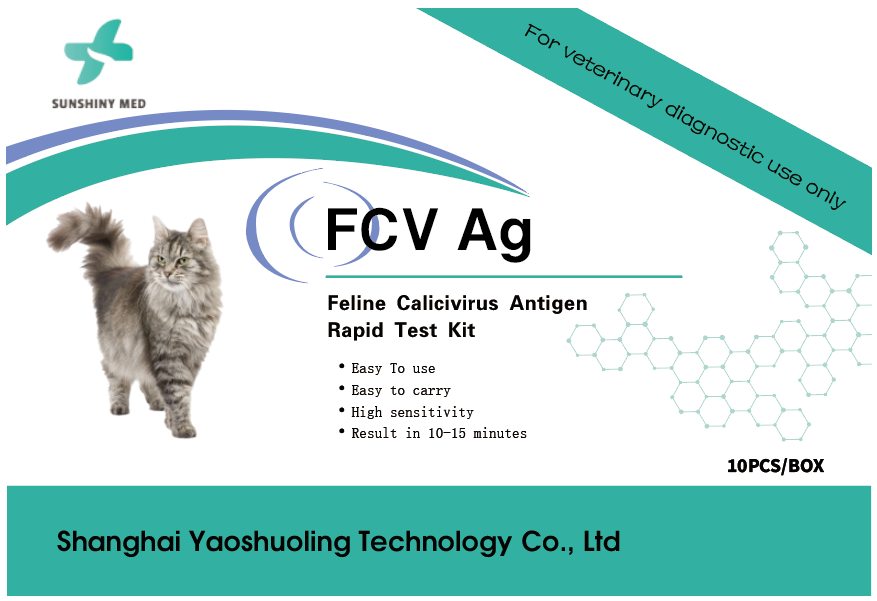Whole Blood, Serum, or Plasma? How to Choose for Your Lab Tests
In immunological testing and experiments involving animals, in addition to observing their appearance and characteristics, it is often necessary to collect blood or body fluids for further analysis to monitor physiological and biochemical changes. We know that blood can be categorized into whole blood, serum, and plasma. But what exactly are the differences between them, and which tests are they respectively suitable for?
Composition of Blood
Blood primarily consists of blood cells (red blood cells, white blood cells, and platelets) and plasma. Plasma is about 90–92% water, with the remaining 10% composed mainly of solutes such as plasma proteins, electrolytes, nutrients, enzymes, hormones, cholesterol, and other essential components. Plasma proteins are a collective term for various proteins, which can be classified into albumin, globulins, and fibrinogen using the salting-out method.
1. Whole Blood
The mixture obtained when blood is collected into a blood collection tube is called whole blood—essentially, blood in its natural state, including all cellular and plasma components. The collection tube must contain an anticoagulant. Whole blood is primarily used in clinical hematology tests, such as red blood cell counts, differential counts, and morphological examinations.
2. Plasma
Plasma is the light-yellow liquid obtained after anticoagulated whole blood is centrifuged. The presence of an anticoagulant prevents clotting, retaining components such as fibrinogen and clotting factors. Plasma is commonly used for physiological and pathological biochemical tests, rapid biochemical assays, blood glucose tests (especially endocrine hormone measurements), and tests related to thrombosis and hemostasis.
3. Serum
Serum is the light-yellow, clear liquid obtained when whole blood is allowed to clot naturally (without anticoagulant) and then centrifuged. Alternatively, it can be described as plasma with fibrinogen removed. It lacks fibrinogen and clotting factors and is suitable for clinical chemistry and immunological tests.

Summary
- Whole Blood = Blood Cells + Plasma
- Plasma = Light-yellow liquid obtained by centrifuging anticoagulated whole blood
- Serum = Light-yellow liquid obtained by centrifuging clotted whole blood (without anticoagulant), lacking fibrinogen
- Serum = Plasma – Fibrinogen





